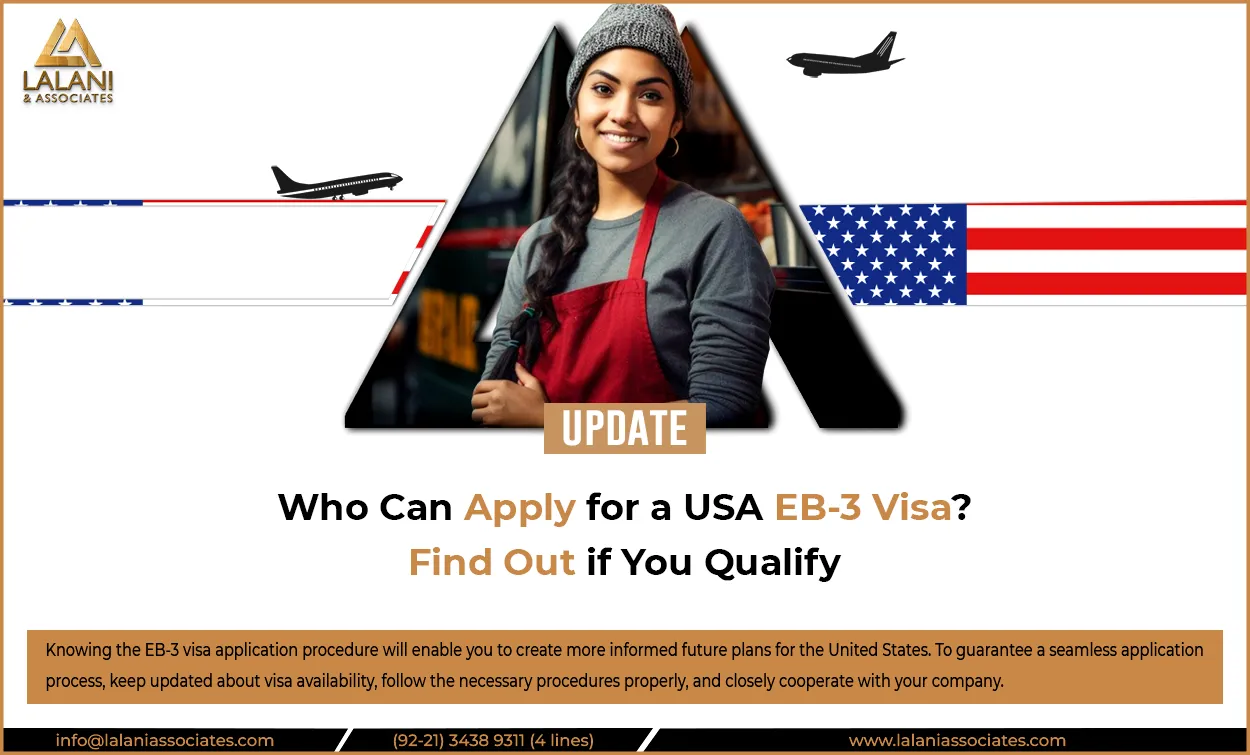
The EB-3 visa is a type of US work visa that allows foreign workers to live and work permanently in the United States. This visa falls under the third category of employment-based visas and is meant for professionals, skilled workers, and unskilled workers who qualify for specific jobs. It is divided into three groups:
- EB-3(A): Skilled Workers - Requires at least two years of experience or training in a relevant field.
- EB-3(B): Professionals - Requires a U.S. or equivalent foreign bachelor’s degree.
- EB-3(C): Other Workers (Unskilled) - Includes jobs that require less than two years of training or experience.
Processing Time for EB-3 Visa
The process for getting an EB-3 visa takes several steps, and each step has its own timeline:
1). Labor Certification (PERM Process) – Before filing Form I-140, the employer must complete the PERM labor certification process to prove that no qualified U.S. workers are available for the job. This process typically takes around one year.
2). Filing Form I-140 (Immigrant Petition for Alien Worker) - This petition is filed by the employer to prove that the foreign worker qualifies for the job. Processing can take several months, but there is an option to speed it up.
3). Waiting for a Visa Number - Once the petition is approved, the applicant must wait for a visa number to become available. The wait time depends on the applicant’s home country and how many people are applying for EB-3 visas.
4). Form I-485 (Adjustment of Status) - If the applicant is already in the U.S. under another visa, they can apply to change their status to permanent resident. This process may take several months.
5). Consular Processing - If the applicant is outside the U.S., they must complete their visa application through the nearest U.S. embassy or consulate. The processing time varies depending on the country and embassy workload.
➤ Steps to Get an EB-3 Visa
To qualify for the EB-3 visa, both the employer and the applicant need to follow these steps:
▲ Labor Certification - The U.S. employer must first get approval from the Department of Labor to prove that no qualified U.S. workers are available for the job.
▲ Filing Form I-140 - Once the labor certification is approved, the employer submits Form I-140 to request a visa for the worker.
▲ Visa Application - If the applicant is outside the U.S., they apply for a visa through their local U.S. embassy or consulate. If they are in the U.S., they submit Form I-485 to adjust their status to permanent residency.
➤ Who Can Apply for an EB-3 Visa?
Each EB-3 category has specific eligibility criteria:
• Skilled Workers (EB-3A): Requires at least two years of work experience or training in a specific field.
• Professionals (EB-3B): Requires a bachelor’s degree or higher and a job offer that requires such a degree.
• Unskilled Workers (EB-3C): Includes jobs that do not require formal training or experience but must be full-time.
Important Considerations for EB-3 Visa Applicants
▲ Visa Availability - The U.S. government caps annual EB-3 visa issuance to some number. Monthly releases by the U.S. Department of State, the Visa Bulletin offers information on visa availability.
▲ Priority Date - The day Form I-140 is submitted is the priority date. It decides where the application falls in the visa line.
▲ Job Portability - If an applicant’s I-140 petition is approved and their I-485 application has been pending for at least 180 days, they may change employers without starting the visa process over, as long as the new job is similar to the original one.
Knowing the EB-3 visa application procedure will enable you to create more informed future plans for the United States. To guarantee a seamless application process, keep updated about visa availability, follow the necessary procedures properly, and closely cooperate with your company.


0 Comments